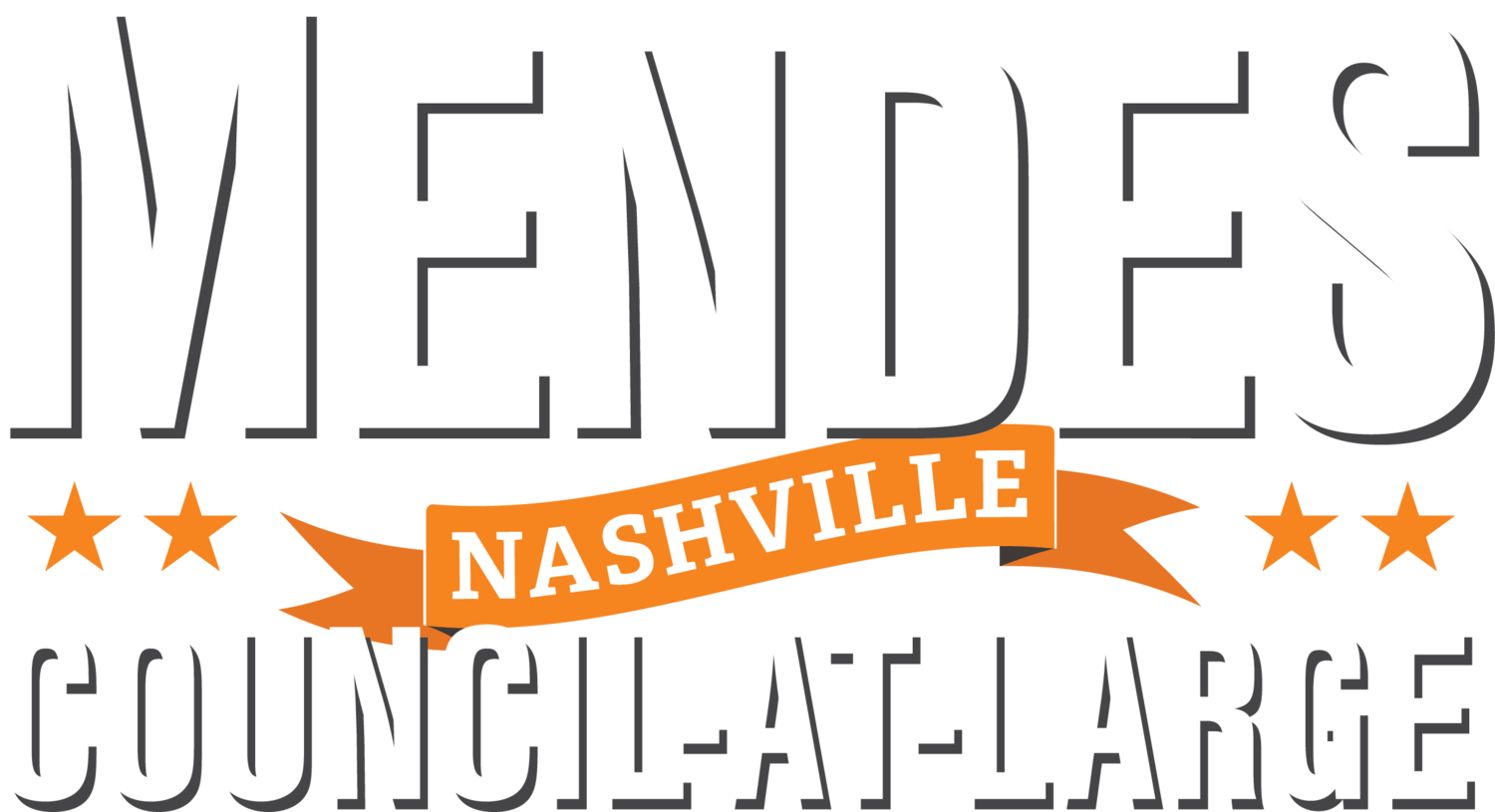That TIF Ordinance Earlier This Year...
I have a feeling that the TIF ordinance the Council passed earlier this year might be coming up in connection with the Gulch pedestrian bridge. I wrote about the ordinance a few times earlier this year -- this link will get you to those posts. For purposes of the Gulch pedestrian bridge, there are two parts of the ordinance that matter. I described these in earlier posts:
...going forward, for every TIF loan, MDHA will no longer receive the tax increment for the property after the loan is paid. Instead the tax increment will go to Metro after the loan is paid.
and:
Under this ordinance, MDHA will provide annual reporting about each TIF loan, including the current loan balance, the estimated maturity date, the amount paid in the last year on the loan, the parcels whose tax revenues are pledged to support the loan, and the amount of tax increment funds received by MDHA from each of those parcels.
On July 1, MDHA provided its first annual report under the ordinance. You can see the Gulch area TIF projects on page 4 of the PDF under "Arts Center."These topics are coming up because, in a summary to the Council from the Mayor's Office earlier this week, we were told that re-captured tax revenue from TIF projects would pay for the bridge:
These properties currently have TIF loans through MDHA which will be paid off over the next several years. As these loans are retired, rather than MDHA keeping the tax revenue for other public purposes, it will return the money to the City to be used to pay for the project.
If you are trying to figure out which current TIF loans will get paid off over the next several years, you can look at that report and compare the loan balance to the tax increment revenue. For example, the ICON loan was reported to have a balance of about $2.7 million, and reported to be generating about $1.6 million per year in tax increment revenue. You can assume that loan will be paid in full in short order. Others look like they will take longer.
If you are asking whether this makes the pedestrian bridge a TIF project, the answer is no. Under the new ordinance, once the existing TIF loans are paid, the tax revenue goes to Metro's General Fund.
If you are asking whether the re-captured property tax increment funds have to be used in the Arts Center Redevelopment District, the answer is no. Again, the re-captured revenue goes to the General Fund for use by Metro.
The way I understand the comments from the Mayor's Office is that the large Gulch area projects are generating lots of property tax revenue, that Metro will be re-capturing significant additional tax revenues in the coming years as Gulch area TIF loans are paid off, and that the costs of this project are easily covered by that additional re-captured tax revenue.
This argument is a double-edge sword. On the one hand, it is clear that the tax revenue that will be re-captured from existing TIF loans in the coming years is enough to pay for the bridge project. On the other hand, it is clear that re-captured tax revenue is for the General Fund to be used for general purposes. So, injecting the idea of using former MDHA tax increment funds into the bridge conversation raises the question about whether these new General Fund dollars should be spent in the Gulch.
I would prefer to look at the bridge project on its own merits -- is it a good investment to further tie SoBro and the Gulch into an easier-to-navigate economic engine for the whole city, or not? Are the prices for the land swap being proposed by the Mayor fair, or not?
